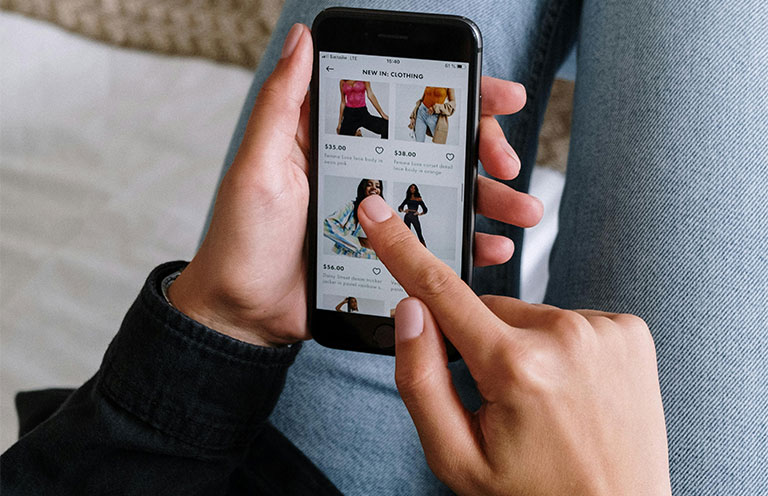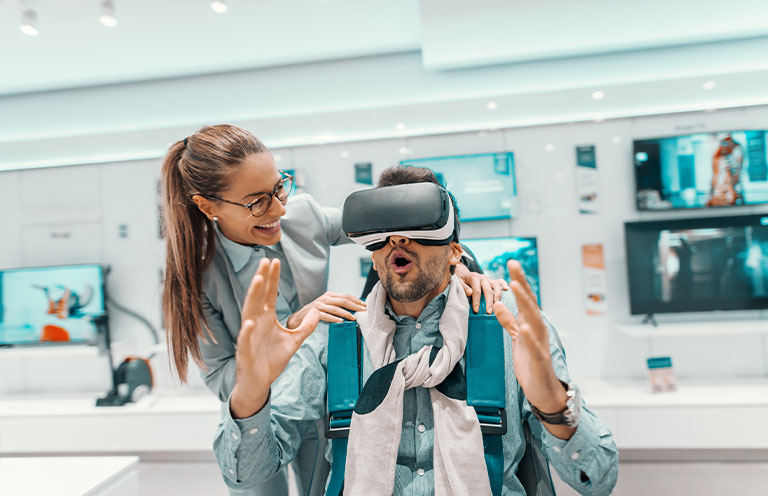5 Smart Strategies to Curb Impulse Spending
Learn how emotional triggers, small barriers, and value-based budgeting can help you cut back on spending without feeling deprived


Impulse spending is easy to justify in the moment. Scrolling your favorite site or tossing an extra treat into your cart at checkout can feel like a well-earned reward. But impulse spending is often driven by emotion. According to financial therapist Aja Evans, author of Feel Good Finance, some of the most common triggers she sees include the following:
- feeling overwhelmed
- frustration with work or relationships
- the pressure of comparing yourself to others
In those moments, shopping might seem like a quick way to self-soothe, but regret can flood in later when you’re more grounded and facing the bills. You may even realize those purchases aren’t things you truly wanted.
The good news? We can build habits to be more intentional and cut back on impulse spending. Here’s how.

1. Understand the emotional triggers behind your spending.
Impulse buying rarely happens in a vacuum. It often begins with a feeling of boredom, anxiety, or stress.
Evans recommends pausing before a purchase and checking in with your emotional state. Slowing down and asking yourself why you’re about to make a purchase can be powerful. Once you understand what’s really driving the urge, you’re better equipped to redirect it or make a more intentional decision.

2. Try the screenshot method before you click ‘Buy Now.’
Online shopping is designed to be seamless—a double-edged sword that makes impulse spending all too easy.
"Impulse buying is one of the biggest budget-breakers in our digital age," says Samantha Taylor, a marketing manager and business consultant who specializes in personal finance management and helping consumers develop sustainable spending habits. "Before you know it, you're mindlessly scrolling, and you've spent $100 on items you never intended to purchase."
She suggests a simple strategy that adds just enough friction to help you pause: instead of buying right away, take a screenshot of the item and step away. Taylor recommends waiting two to seven days, using reverse image searches to look for better deals and keeping track of how much you save simply by giving yourself time to reconsider.

3. Ask yourself: Is this self-care or a quick fix?
Not all emotional spending is bad, but the motivation matters. Evans says it’s helpful to distinguish between spending that’s rooted in joy and spending that’s covering something up.
"Sometimes a joy-driven purchase can also be self-care and vice versa, while emotional spending tends to be a quick attempt to feel better in a moment," she says. "Asking yourself if you are trying to self-soothe a feeling or trying to proactively take care of yourself?"

4. Create barriers to easy spending.
Making purchases slightly harder can go a long way in curbing impulse spending. Small obstacles give you the time and space to reconsider.
Tori Dunlap, founder of Her First $100K, recommends setting up barriers to online spending.
"If you delete your saved credit card info from sites, it slows you down and makes it just a bit harder to buy on impulse,” she says. “You can more easily decide if this is a purchase that you value."
Another helpful tactic is reducing exposure to temptation. Dunlap suggests unsubscribing from retail emails and turning off app notifications to avoid constant spending prompts.

5. Spend guilt-free by aligning your money with your values.
Budgeting doesn’t have to feel restrictive. In fact, cutting out everything fun often backfires. Instead, Dunlap recommends a value-based approach to stop impulse spending.
"Identify your top two to three value categories—purchases that truly matter to you or add value to your life,” she says. “Mine are travel, good food, and plants. Then, build these into your budget intentionally—it gives you permission to spend in those areas without feeling so guilty."
Changing spending habits isn’t easy, especially in a world where one click brings same-day delivery. But when temptation strikes, pause and ask yourself: Does this align with what matters most to me? If not, it’s easier to walk away.
. . . . .
With practice, these small shifts can help you spend more intentionally—and with less guilt.
